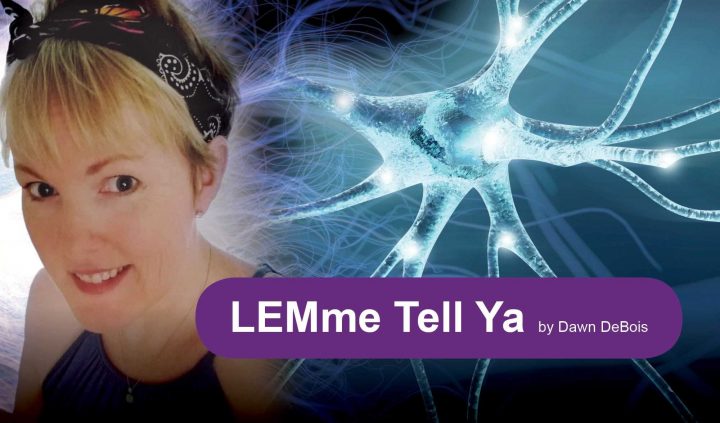Putting My Fear of Needles to the Test
Written by |

I used to pass out at the sight of blood. As a toddler, I saw the blood from my mother’s suicide attempt. The images from that night will forever be 10-second flashbacks in my brain.
Fainting was my body’s way of protecting myself from more trauma. As I grew older, I would feel nauseated whenever I saw anyone get hurt or had a needle come at me. Needles draw blood.
Trypanophopia is the fear of medical procedures involving needles. Hemophobia is the fear of blood. I have both.
It wasn’t until I gave birth to my first child that I began to deal with my fears. Having a 10-pound baby who needs to be delivered via cesarean section will do that.
There are times you must push through your fears. I mothered my children through immunizations, skinned knees, nosebleeds, broken arms, and surgeries. Motherhood pushed me through my fear of needles and blood.
With multiple autoimmune diseases and their needle-filled treatments in my future, this was a blessing.
Last week, however, the limits of my fears were tested. Along with my intravenous immunoglobulin (IVIG) replacement therapy for Lambert-Eaton myasthenic syndrome, I had trigger-point injections scheduled for my psoriatic arthritis.
I don’t like medical appointments taking up my life, so scheduling multiple appointments for the same week seemed like a good plan. That is, until I had one day that included nine needles! Two needles were for my inflamed index finger and six were for my trapezoid trigger points to help my back pain. The last needle was for my IV for that day’s immunoglobulin infusion.
I was already sweaty and exhausted from the trigger-point injections when I arrived for a third infusion day. Prior to that day, I’d had five infusion-related sticks. A blood draw, a missed IV poke, and a good IV poke marked the first IVIG day. My second IVIG day included another missed IV poke, and then a good one. On the third day, the same nurse felt the pressure not to miss. Thankfully, she didn’t.
I’ve talked with other autoimmune patients who say they can’t get past their extreme fear of needles. They stay on the most basic of meds because they can’t be in the same room as a needle without passing out. But to be on the biologics and infusions that are vital to slowing the progression of our diseases, we must deal with the needles and our fears.
My heart broke for one patient whose hands were twisted from arthritis. She said that she is only on methotrexate because she can’t even think of a needle without getting all sweaty and passing out. Some forms of arthritis, if left to only the basic treatments, can attack internal organs. Needles sometimes can mean a matter of life or death.
I’ve come up with my own coping skills to deal with needles and blood. I never look at the needle; I concentrate on something else. It’s not easy. I’m sure my foster mother would be impressed that I’ve come so far. When I was a child, she would have to pick me up off the floor after I had passed out from a shot or a blood draw.
Anxiety UK has a great booklet that describes why people have a needle phobia and suggests some first steps toward overcoming it.
I hope that by sharing my story, autoimmune patients who have not explored beneficial treatments because of a fear of needles will realize there is hope. One small step at a time.
***
Note: Lambert-Eaton News is strictly a news and information website about the disease. It does not provide medical advice, diagnosis, or treatment. This content is not intended to be a substitute for professional medical advice, diagnosis, or treatment. Always seek the advice of your physician or other qualified health provider with any questions you may have regarding a medical condition. Never disregard professional medical advice or delay in seeking it because of something you have read on this website. The opinions expressed in this column are not those of Lambert-Eaton News or its parent company, Bionews Services, and are intended to spark discussion about issues pertaining to Lambert-Eaton myasthenia.






Jerry Hirsch
After many vaccinations during my many years, I have found that it doesn’t hurt as much looking away from the needle as it does if you watch the needle penitrating your skin. Not watching, it is no more painful than a mosquito bite, with no after effects!